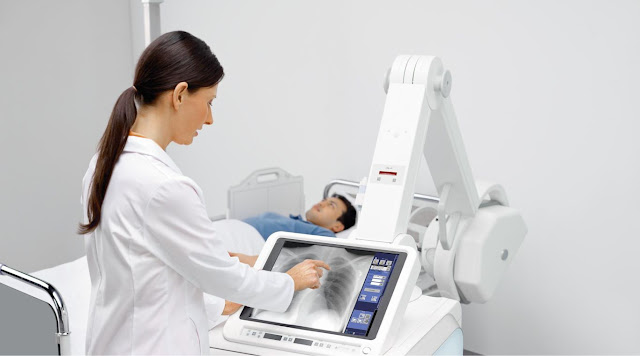Die-Casting is a type of Metal Casting.
 |
| Die Casting |
Die Casting is a manufacturing process that creates
geometrically complex metal components using reusable moulds called dies. The
metal, which is commonly a non-ferrous alloy such as aluminium or zinc, is
melted in a furnace before being poured into dies in a die Casting machine. The
process entails forcing molten metal or alloy into a mould cavity under high
pressure. Die Castings are made from metals such as lead, zinc, magnesium,
aluminium, copper, and tin-based alloys.
Increased desire for fuel-efficient, high-performance, and
low-emission vehicles is driving up demand. An expansion in equipment
manufacturing sectors and an increase in building industry investments are also
driving up demand for die Casting machines. Raw material price volatility is
anticipated to limit the market's expansion. In addition, classic high-pressure
die Casting processes have seen a lot of advancements in recent years. Such
factors are anticipated to generate significant growth potential for market
players throughout the forecasted timeframe.
According to Coherent
Market Insights, The global Die
Casting Market was valued at US$ 62.3 Bn in 2020 and is expected to
reach US$ 106.5 Bn by 2028 at a CAGR of 7.2% between 2021 and 2028.
Die Casting is a manufacturing method that involves pouring
or forcing molten metal into steel moulds. Molds, also known as tools or dies,
are made of steel and are custom-made for each job. This enables each component
to be made with precision and consistency. Die Casting alloys most typically
used include aluminium, zinc, and magnesium.
Advantages of Die Casting-
Die Casting has a number of benefits over other
manufacturing techniques, which can result in considerable cost reductions,
both in terms of the part price and the entire cost of production. When you
cast a component, you may construct complicated net forms with minimal draught
angles, such as exterior threads and intricate interior features, reducing
secondary operations. You may also integrate numerous parts into a single part,
which saves time and money by eliminating assembly activities and cutting
labour expenses while also improving stock management and component uniformity.
Other advantages include:
·
Wall thicknesses that vary
·
More stringent tolerances
·
Faster manufacturing cycle times with fewer
stages from raw material to completed item
·
Long tool life, especially for zinc and
magnesium, reduces material scrap.
Die Casting is one of the most cost-effective and
time-efficient forming methods. The benefits of this manufacturing method
include the ability to manufacture hundreds of thousands of Castings in a short
amount of time using just one mould. All of the components manufactured are of
consistent quality and have minimal unit prices.



Comments
Post a Comment